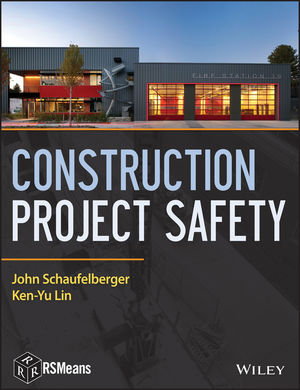 The death toll in that collapsed Bangladesh factory building has reached 1, 127 people – making it the world’s worst industrial disaster since the 1984 Bhopal gas leak in India, which claimed an estimated 3,787 lives.
The death toll in that collapsed Bangladesh factory building has reached 1, 127 people – making it the world’s worst industrial disaster since the 1984 Bhopal gas leak in India, which claimed an estimated 3,787 lives.
Searchers have reached the basement of the building – a sign that their effort to find any remaining bodies is nearly finished.
The April 24 tragedy in Dhaka was not even the most recent incident of its kind in Bangladesh; a fire in an 11-story garment factory on Wednesday night killed eight people who died from suffocation as they attempted to flee the building by way of a stairwell. A fire at a November garment factory in Tazreen killed 112 people.
Those and other occupational fatalities in dangerous workplaces have focused attention on the global supply chain in which western companies buy cheap goods manufactured in Bangladesh and other developing nations.
The Bangladesh government recently revised the country’s labor laws in order to make it easier for garment workers to form workers without prior employee approval – something that human rights workers have long campaigned for.
Massive street protests in 2010 succeeded in getting an increase in the country’s minimum wage; workers now earn an average of $38 a month, ranking Bangladesh last in minimum wages for factory workers.
Ramifications of the recent disaster include the arrest of the building’s owner and of owners of the factories it housed as well as the temporary closure of more than 300 other factories in Bangladesh’s $20 billion garment industry due to worker protests.
The owner and builder of the facility have been accused of using substandard building materials and of ignoring police orders to evacuate the building when cracks in the walls were found.
